James Brady is a freelancer artist and former Lead Artist at Build A Rocket Boy and hailing from Ireland with nine years of work in the game development industry. With experience as a Creative Lead in multiple projects, his portfolio includes a breadth of AAA and indie titles across all major consoles and on PC.
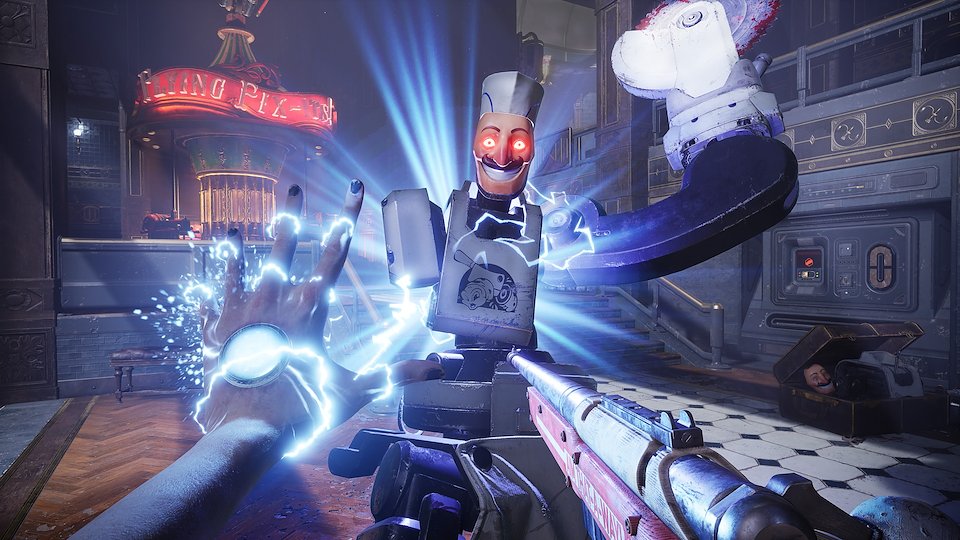
Judas. All rights reserved to Ghost Story Games and Take Two Interactive.
Having spent years growing into a Creative Lead role in game development, it’s fulfilling to bring together and support talented artists of all modeling backgrounds to create visually satisfying games—and to watch these artists grow along with these projects. With my background and experience, I can work in many software suites and ensure my team is working to their full potential.
Nowadays, coordinating this pipeline is easier thanks to top-of-the-line digital content creation tools that fit modern industry needs, such as 3ds Max and Maya, which allow me to import and export across platforms smoothly. My artists can do their best work however they need, and I’m able to keep their output within project constraints, a balance which is important to a good team.
Along the way, I learned what it takes to guide a creative team to success: finding growth from myself, my skills, and the talented artists I lead and collaborate with. Here are some tips that can help you lead effectively in game development.
Always find ways to grow
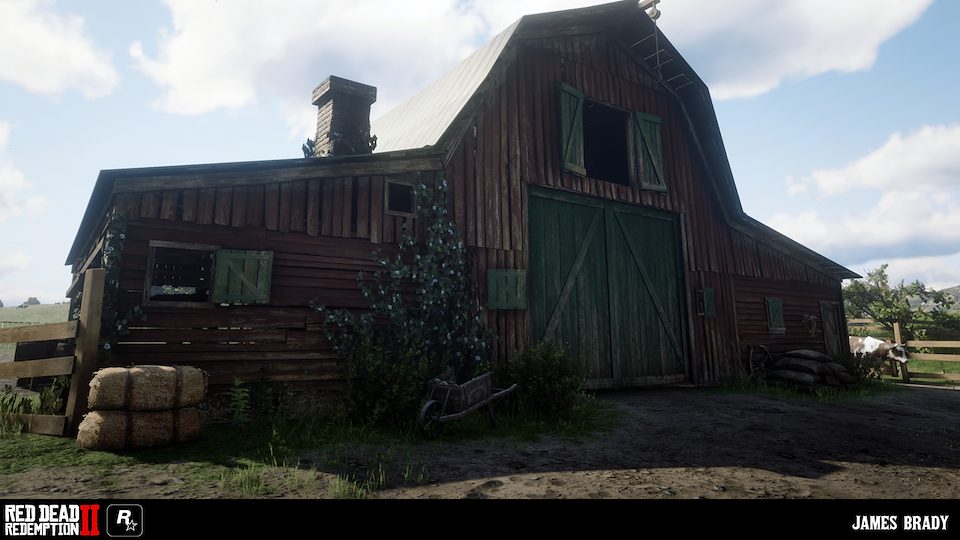
Red Dead Redemption 2. All rights reserved to Rockstar Games and Take Two Interactive.
My passion for creative development in games started at an early age, when I got my hands on an Xbox. When I realized I wanted to be behind those games, my father, an Irish artist himself, supported my creative growth by encouraging me to start and maintain a portfolio.
I worked my way up through the industry, from being a QA tester at Creative Assembly on Total War: Warhammer into helping the art team identify bugs. I continued to do work under studios such as Rockstar Games until I began freelance work closer to home, starting with assets for PlayerUnknown’s Battlegrounds.
Throughout my career, I learned how to work across a variety of software, including Autodesk Maya and 3ds Max for modeling, and I love working with Epic’s Unreal Engine to put out great products.
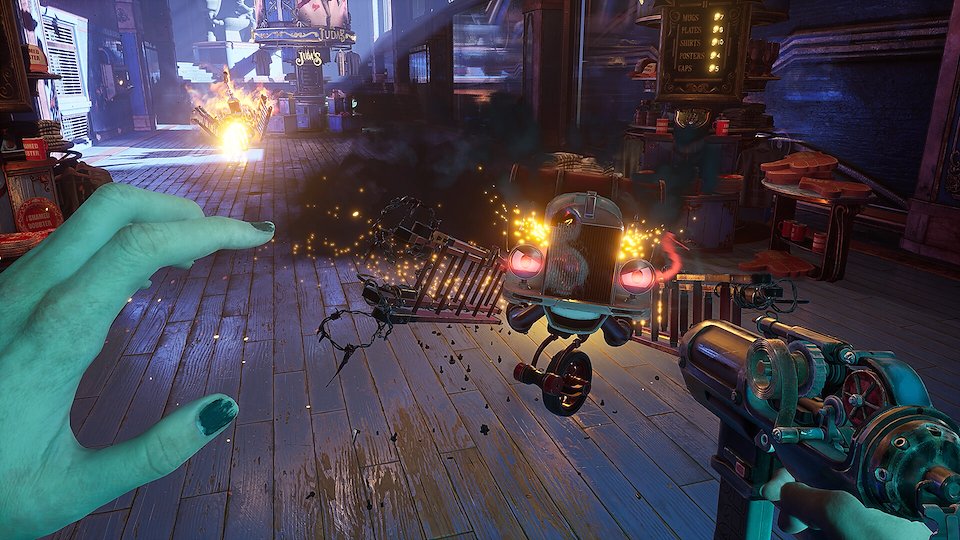
Judas. All rights reserved to Ghost Story Games and Take Two Interactive.
This career path has led me to take up several roles as a Lead Artist, first with Ghost Story Games on Judas, led by Bioshock’s Creative Director, and most recently as a Lead Environmental Artist at Build A Rocket Boy.
Now, in my creative lead role and as a mentor, I always make sure my artists are challenging themselves, too. They come from many different backgrounds, but by closely supervising and working closely with them, I can ensure they’re prepared for the challenges to come.
Know where your personal skills shine
In these creative leadership roles, I enjoy that every day is different, and it’s exciting to take on these challenges and help others on the team achieve their vision.
Interestingly, on one hand, stepping into a leadership role has made me hands-off with asset creation. I didn’t realize I’d been out of my digital art workspaces for four months until I stepped aside to do freelance work. This is why many artists who enjoy their work prefer to stay as a “principal” artist instead of taking a leadership role.
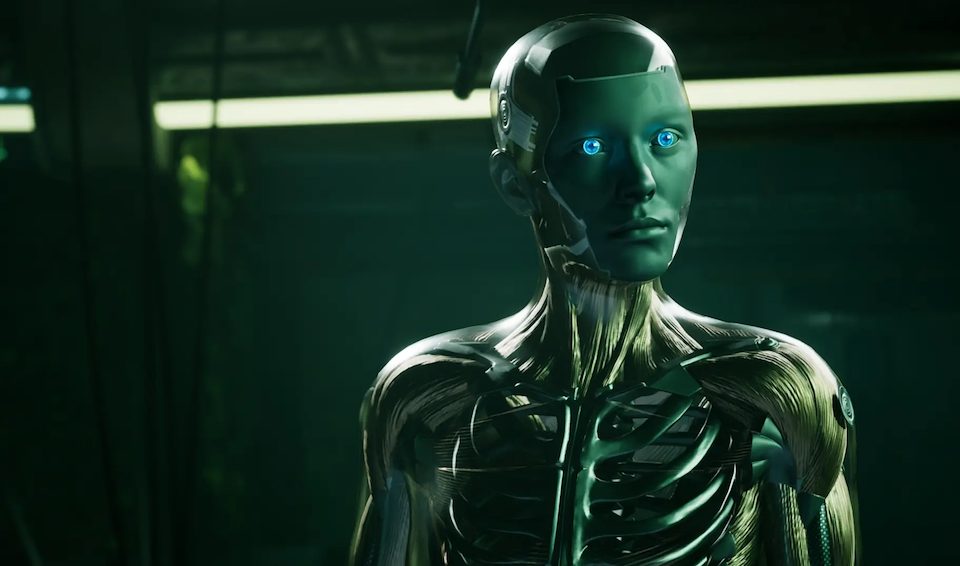
Mindseye. All rights reserved to Build A Rocket Boy Ltd.
However, growing into a leadership role has been a rewarding path. One can be a good artist and a bad leader, or a bad artist and a good leader, and being a creative lead requires knowing what makes a good balance of both.
Much of this role’s responsibilities depend on one’s sensibilities and the ability to make high-level decisions very quickly. Being a creative lead often means juggling many roles: a point of contact for your team, a teacher, and a software expert. I enjoy these everyday challenges and seeing our results speak for themselves in the games we help create.
Balance the needs of your team and project
There’s a lot of high-level oversight necessary as a creative lead, as opposed to the responsibilities of just being a high-level artist.
I work to keep things moving and organized for both my team and studio. When I’m given a deadline within a larger project, I must understand the priorities, technical restraints, and even what team I’m putting together. At the same time, being a leader also requires me to be empathetic and supportive of my team as they navigate these requirements. It’s important to understand these teammates, their capabilities, and how to encourage them to do their best work and grow within these projects.
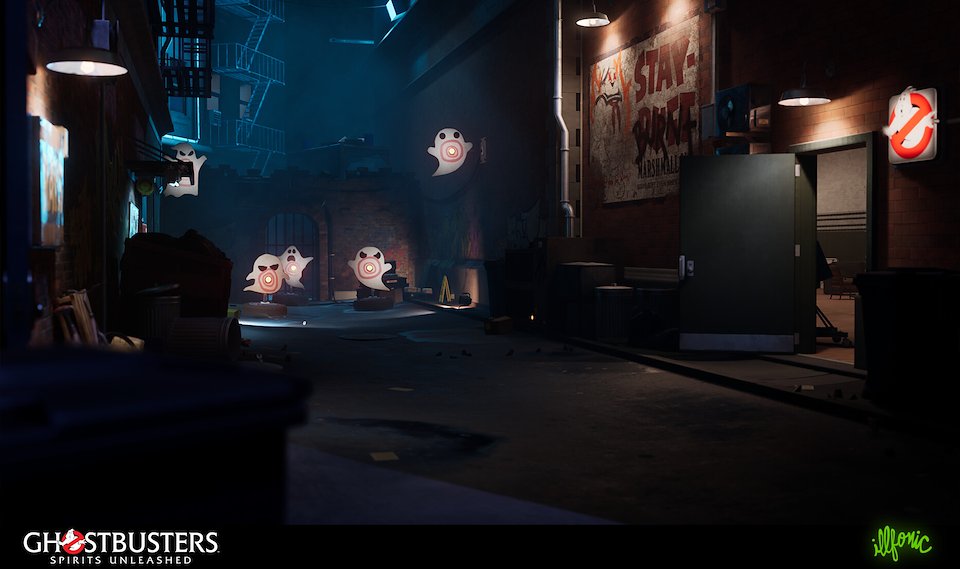
Ghostbusters Spirits Unleashed. All rights reserved to Illfonic.
For instance, if there’s a situation where a visual target isn’t being met, I’ll sit down on a call, and give an example of something I may have just finished to give a better idea. It feels more personal to walk through the process, instead of just using Slack messages, and I can better address questions and issues.
Keep your team flexible
As things move along, I understand that artists may have different workspaces and workflows. I try to be flexible, even when we have department-wide requirements.
What helps is being able to export and import nearly anything into and from Autodesk Maya or 3ds Max, regardless of where it comes from.
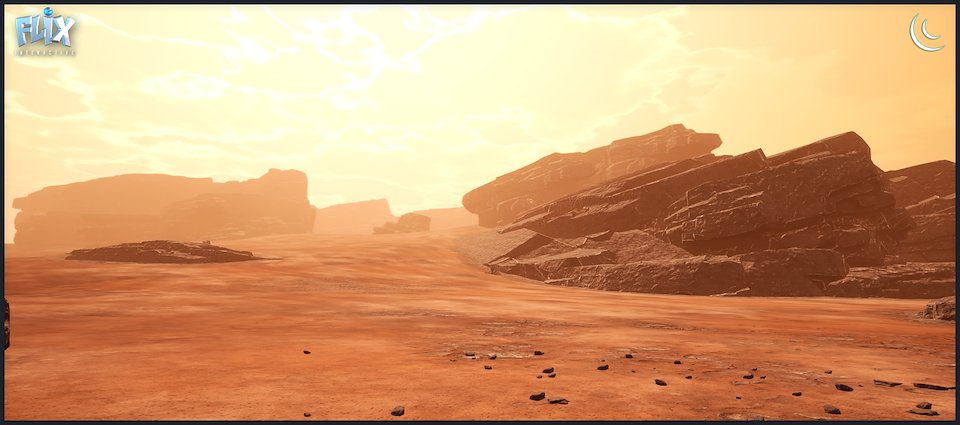
Eden Star. All rights reserved to Flix Interactive.
At the end of the day, making sure artists are aligned with their work is a human job, whether it’s understanding their work speed or knowing what workflows they prefer.
It’s important to have empathy in order to understand their capacities and potential—plus the game development knowledge to make sure everyone makes the most of their workflows. Especially since I can simplify the game development pipeline easily with industry-standard modeling and animation software, I can tap into everyone’s artistic capabilities for a great end product.
Want to connect with other creatives? Join AREA, the community hub for 3D enthusiasts!
Learn how the industry greats tackle the biggest game development obstacles with the help of Autodesk solutions.